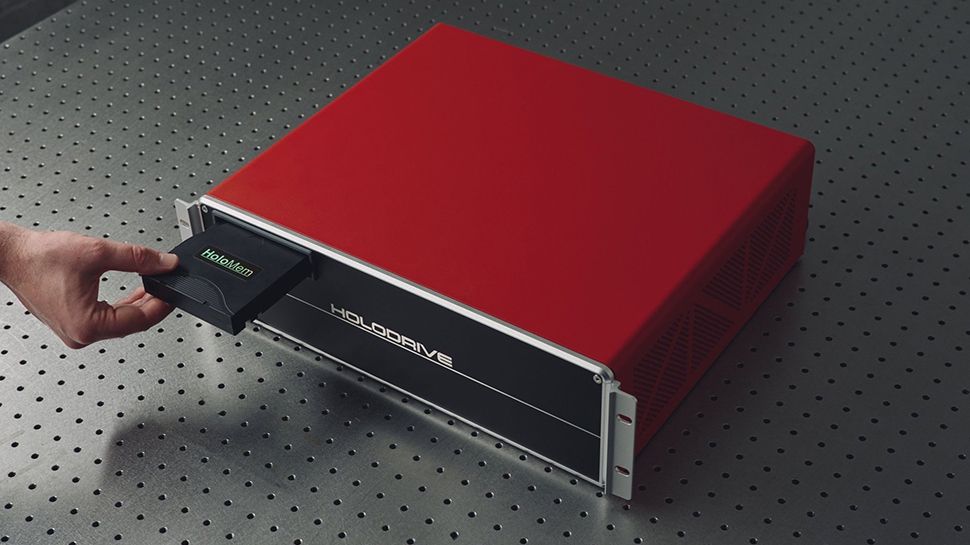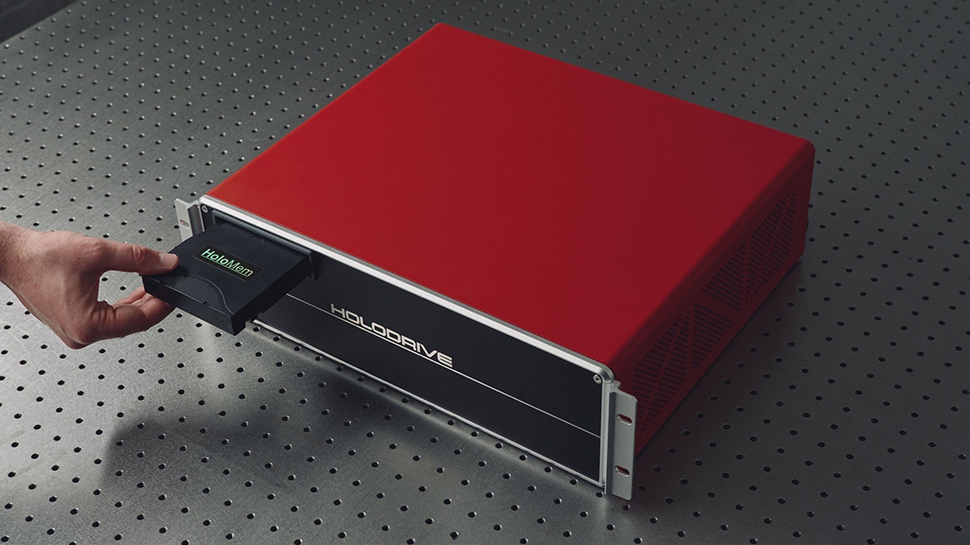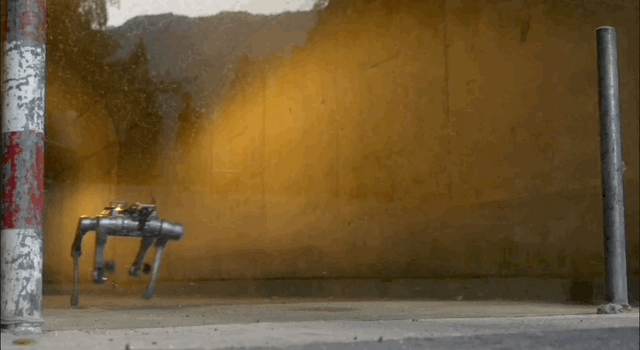
- Startup’s ribbon-based holographic tape promises 200TB per LTO cartridge
- The tech uses polymer film and $5 laser to write optical voxels
- Integrates into LTO systems with no upstream software or hardware changes
UK startup HoloMem is developing a holographic storage system aimed at replacing or supplementing LTO tape.
The company, founded by former Dyson engineer Charlie Gale, uses polymer ribbon cartridges written with $5 laser diodes. Each 100-meter cartridge could store up to 200TB in a write-once, read-many format.
The cartridges match LTO dimensions and work in existing tape libraries without changes to upstream software. Drives function as drop-in shelves, allowing libraries to operate in a hybrid LTO and HoloMem setup.
HO1O
The idea began at Dyson, where Gale helped create a holographic label system called HO1O. It embedded multiple QR codes in a single hologram, readable from different angles or light sources.
“What we originally did at HO1O for prototypes was to use a light-sensitive polymer material that you just exposed to laser light… it locks polymer change and retains that image,” Gale told Blocks & Files.
This concept evolved into multi-layer data storage using similar materials.
Unlike other optical approaches that use glass or ceramics, HoloMem writes data as holographic voxels into polymer film. The film uses a 16-micron thick polymer sheet laminated between PET layers, forming a 120-micron ribbon.
The prototype HoloDrive writes and reads holograms using a 3D-printed lens and a digital micromirror device.
“We are writing data pages of thousands of bits,” Gale said. Throughput hasn’t been disclosed, although it reportedly operates at LTO-9 speeds. The drive uses £30 circuit boards and modified LTO mechanics.
HoloMem has received £900,000 in UK innovation grants and is partnering with TechRe and QStar for field trials and integration testing. It holds patents for the optical engine, media design and volumetric storage method.
Blocks & Files reports: “We understand TechRe will deploy prototype Holodrives inside LTO libraries in its UK data centers to test out the product’s performance, reliability and robustness. HoloMem has written device firmware so that, we understand, it presents itself as a kind of LTO drive.”
Future capacity increases may come through multi-channel recording, using multiple light wavelengths to layer data. Each added channel could multiply storage with no hardware change.






